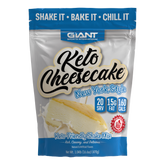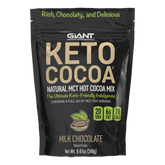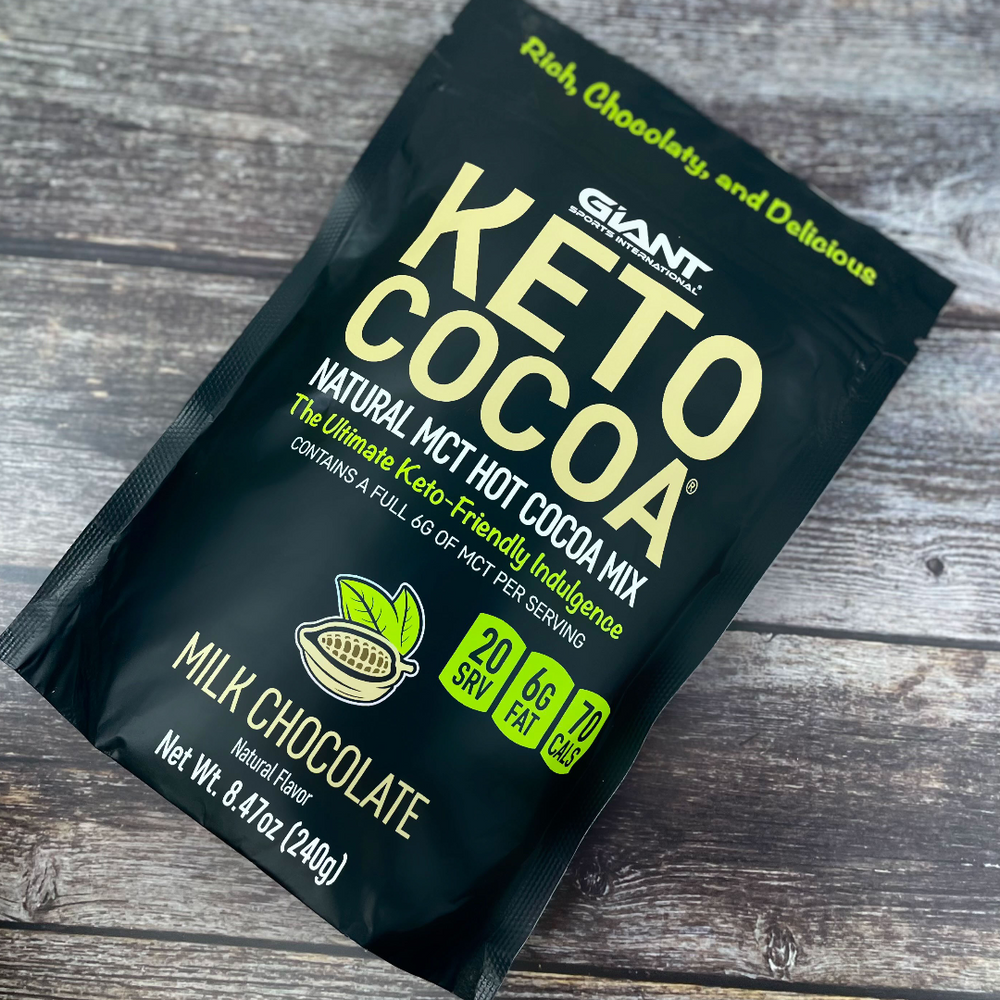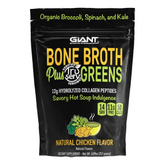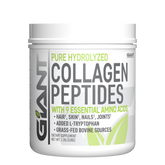If you think of a food that is in liquid form naturally but which has been “pumped” up to make it solid food, it should be avoided. This includes
vegetable shortening and margarine, and while you’re at it, avoid foods that are packaged or processed as well, along with any fried foods, because nearly 100% of these types of food will have the unhealthy fats in them in some quantity or form.
The good news is that once you learn which fats are good for you and which fats to avoid, you can immediately start reading the labels on everything you buy so that you know ahead of time how much trans fat and saturated fat is in the foods you wish to eat.
What’s So Wrong with Bad Fats?
Many doctors will tell you that inflammation in the body can cause you to suffer with heart disease, an increased risk of stroke, and even diabetes, among other illnesses. Trans fat consumption has been directly linked to increased inflammation in the body, which is but one of the reasons why it is such a dangerous type of fat.
If you consume too much of the bad fats, it can cause cholesterol to build up in your arteries and increase your risk of stroke and heart disease, but it can also cause you to gain weight. Carrying around too much weight greatly increases your risk of dozens of other diseases and illnesses, so regardless of how you look at it, eating too much of the bad fats is going to make you less healthy.
Fortunately, you can turn this around almost immediately by starting to watch what you eat and get down to a healthy weight.
If you’re curious about the numbers, look at it this way – if you’re following a 2,000-calorie diet, your numbers should look like this:
16-22 grams of saturated fats should be your limit, or roughly 140 to 200 calories of your daily intake. When you consider that just one slice of cooked bacon usually contains about nine grams of saturated fat, you’ll understand how closely you have to watch your diet when you’re limited to saturated fats such as trans fats.
Labels Can Be Deceiving
Okay, so we’ve determined that reading labels is crucial when you’re trying to reduce your fat intake, but there are some things you need to know about doing that. First of all, it is a must to look at serving size, which is usually much smaller than many people realize. If you’re getting ready to dive into a certain food and the label says that the “calories from fat” is equal to less than 30%, that is fine and dandy. But you have to remember that that number is for one serving only.
If you decide you want to eat more than one serving, you could easily go above your limit and eat too much fat in the end. Remember that 0.5% trans fat per serving is a low number, but it becomes a large number if you decide you want to eat three or four servings at one time.
If you’re eating out, it may not be as difficult to watch the amount of fat you eat as you might think. Many restaurants, including fast-food restaurants, now have nutritional information available for all of the dishes they serve. If you’re at a restaurant and you don’t see this information, ask your server because the restaurant may have this information in the back somewhere.
In fact, it has never been as easy as it is now to find out the nutritional information associated with the foods you eat, which means reducing your fat intake is now easier than ever. If you’re in the grocery store, nearly every food you pick up will have a label explaining all of the nutritional aspects of that food, and this increasingly includes fresh produce, meats, and vegetables as well as anything found in a can or box.
Conclusion
Fat is not always bad for you and in fact, humans need fat in their diets to be healthy. It’s just when people eat too much fat that it becomes unhealthy and even dangerous for you. Why do we eat so much fat as Americans? For two main reasons: it tastes good, and it is readily available because it is found everywhere in all types of foods!
Eventually, these small changes will add up and in fact, they become easier to make the longer you work at trying to reduce the amount of fat in your diet. The main thing to remember is to avoid or reduce the amount of saturated and trans fat in your diet and try to use more unsaturated fats instead. You have to do both of these things for the plan to work, but it’s a lot easier than you might think and can become a habit before you know it.
When you’re watching your fat intake, you can start by making small changes such as switching from butter to canola or olive oil, replacing red meat with skinless chicken or fish several times a week, and replacing high-fat dairy products with those that have low fat or no fat at all. Fortunately, lots of companies make low-fat and nonfat alternatives to the foods they make, so making these changes is easier than you think.


